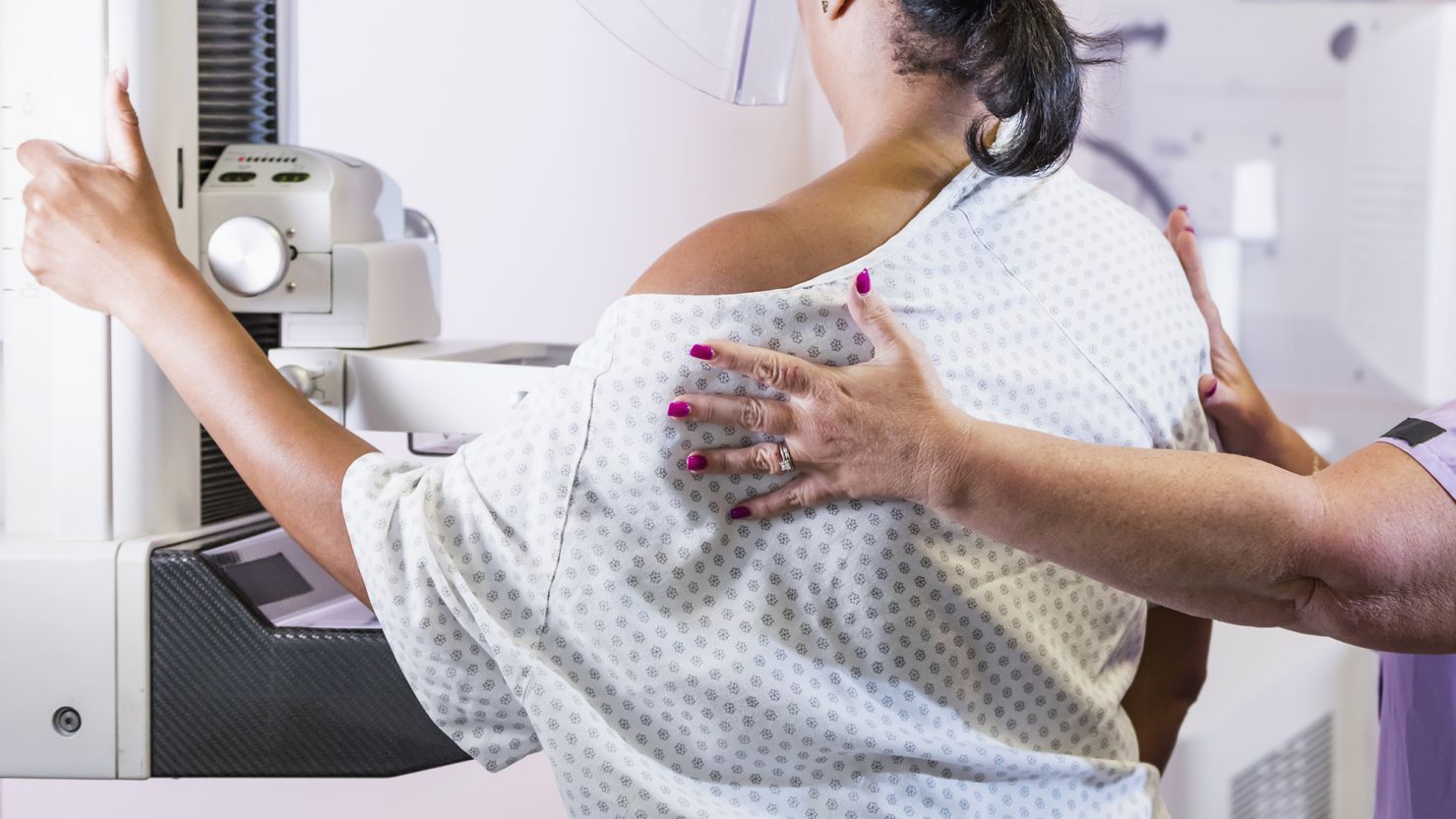The recent report from the American Cancer Society indicates a troubling trend in breast cancer diagnoses, particularly among younger women. Despite a continued decrease in breast cancer mortality rates, the incidence of this disease is rising, with an alarming increase noted among women under 50 years of age . This rise raises concerns about future healthcare challenges as early detection and treatment have historically contributed to lower death rates. The increase in diagnoses may be linked to various factors, including increased screening efforts and heightened awareness .
The study, published Tuesday in CA: A Cancer Journal for Clinicians, found some good news: The overall breast cancer death rate in the US dropped about 44% between 1989 and 2022, which translates to almost 518,000 fewer breast cancer deaths during that time. This is largely thanks to advances in cancer treatments and in detecting illness early through screening, which is recommended for women at average risk starting at age 40.
But there was also some concerning news: The incidence of the disease itself climbed 1% each year from 2012 to 2021.
In April, the U.S. Preventive Services Task Force announced new guidelines that women should start getting regular mammograms at age 40 — a decade earlier than previous recommendations — to screen for breast cancer.
"If all women followed our new recommendation, we could reduce mortality from breast cancer in the U.S. by about 20%," Dr. Carol Mangione, an internal medicine specialist at UCLA who co-authored the new recommendation, told NPR at the time of the announcement. "That's a big reduction in mortality from breast cancer."
For example, although Black women report getting mammograms more than White women, "they are more likely to have screening at lower resourced facilities and/or those that are not accredited by the American College of Radiology," the study said.
The authors recommended increasing racial diversity in clinical trials as well as community partnerships that boost access to high-quality screening among underserved women.
In April, an influential US medical body recommended women should get screened for breast cancer every other year starting from the age of 40.
Some ways to reduce the risk of breast cancer include keeping a healthy weight, being physically active, drinking alcohol in moderation or not at all and, for some people, taking medications such as tamoxifen and breastfeeding your children, if possible.
“I would also call to action for every woman and man to try to understand their own, personal risk and to be their best advocates when it comes to prevention, early detection, treatment and ultimately overall outcomes,” Calfa said.
Read more
Match Recap: Arsenal 2-0 PSG Insights from the vice presidential debate between Vance and Walz.Sarah H
Also on site :
- F1’ Zooms to Over $55M at Box Office, Marking a New High for Apple Films
- AI Momentum Returns: Nvidia Poised for 5-Day Stock Rally
- Facebook Seeks Permission to Apply Meta AI to Private Photos in Your Camera Roll

